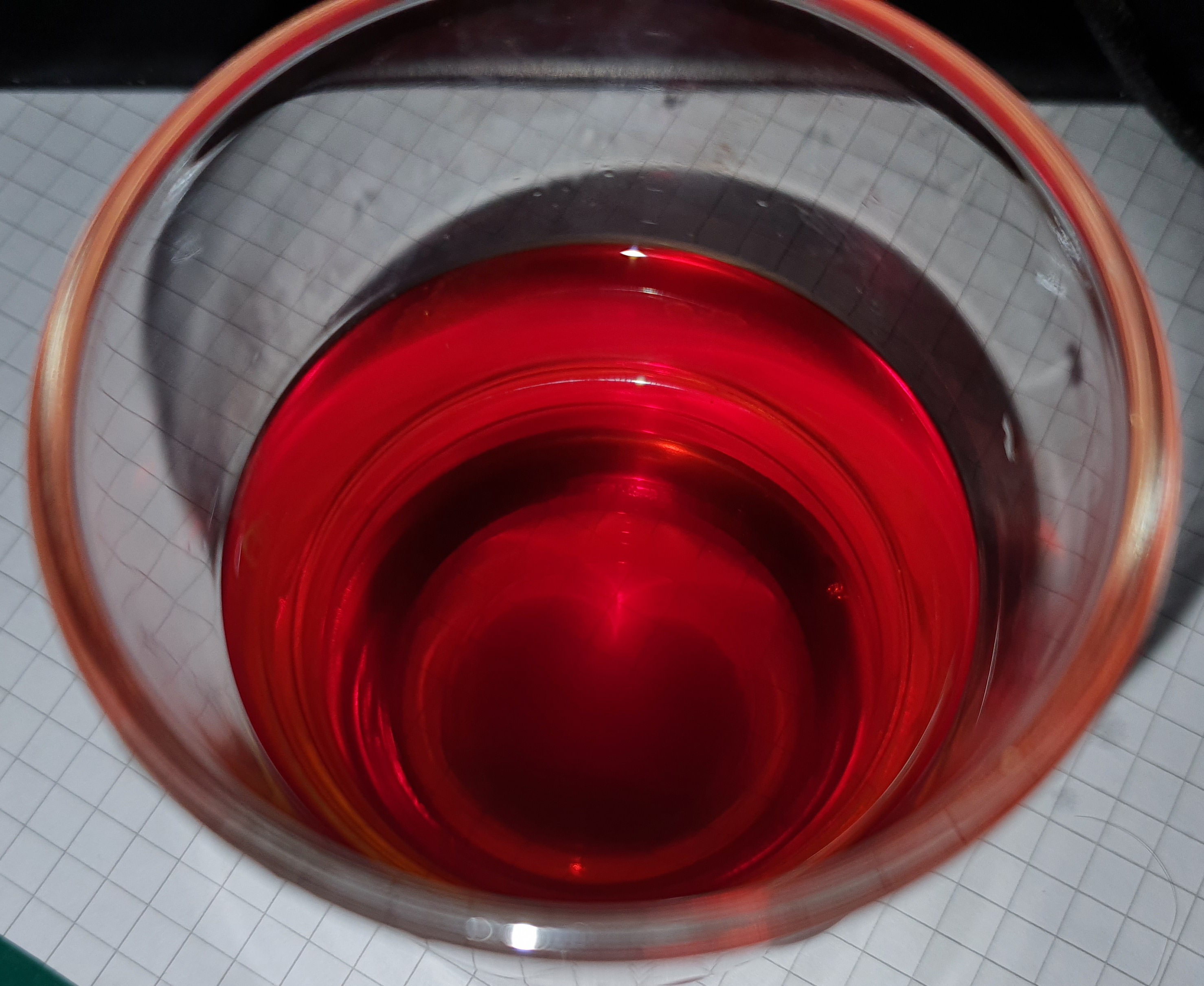So I really like Mugicha, which is water in which roasted, unhulled barley has been steeped or boiled.
Since I tend to drink it basically instead of water during the summer and it's weighed against gold in import stores I usually bum a large bucket of unmalted barley from a local grain silo after harvest and roast it myself as needed.
Last time I did so, the idea came to me that I could use this in a Bochet.
Does anyone have experience with that kind of thing? Do I need to be worried about spoilage before the fermentation can take hold, or is there anything else that I should pay attention to?
Since I tend to drink it basically instead of water during the summer and it's weighed against gold in import stores I usually bum a large bucket of unmalted barley from a local grain silo after harvest and roast it myself as needed.
Last time I did so, the idea came to me that I could use this in a Bochet.
Does anyone have experience with that kind of thing? Do I need to be worried about spoilage before the fermentation can take hold, or is there anything else that I should pay attention to?



